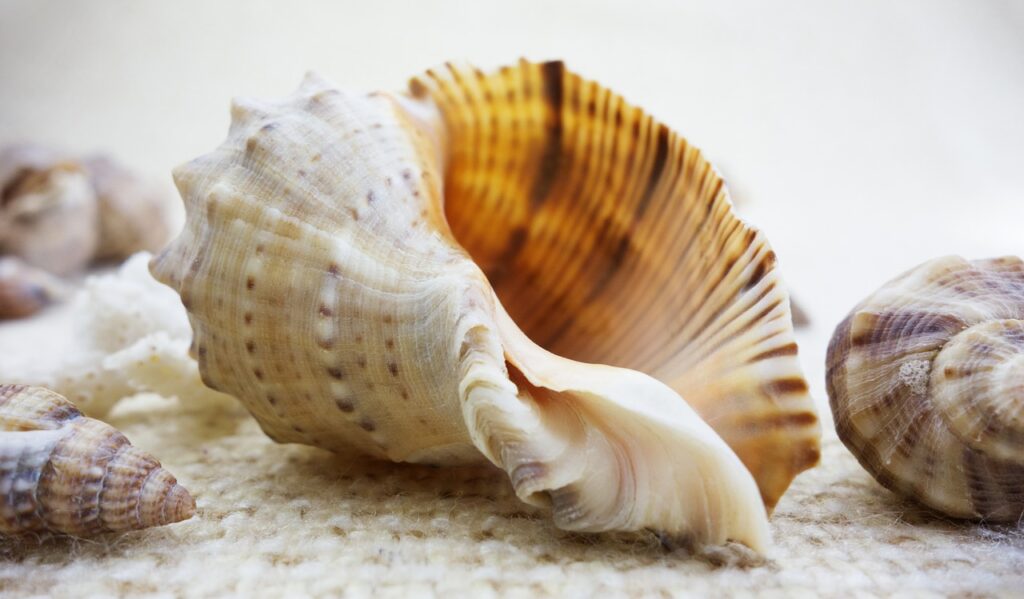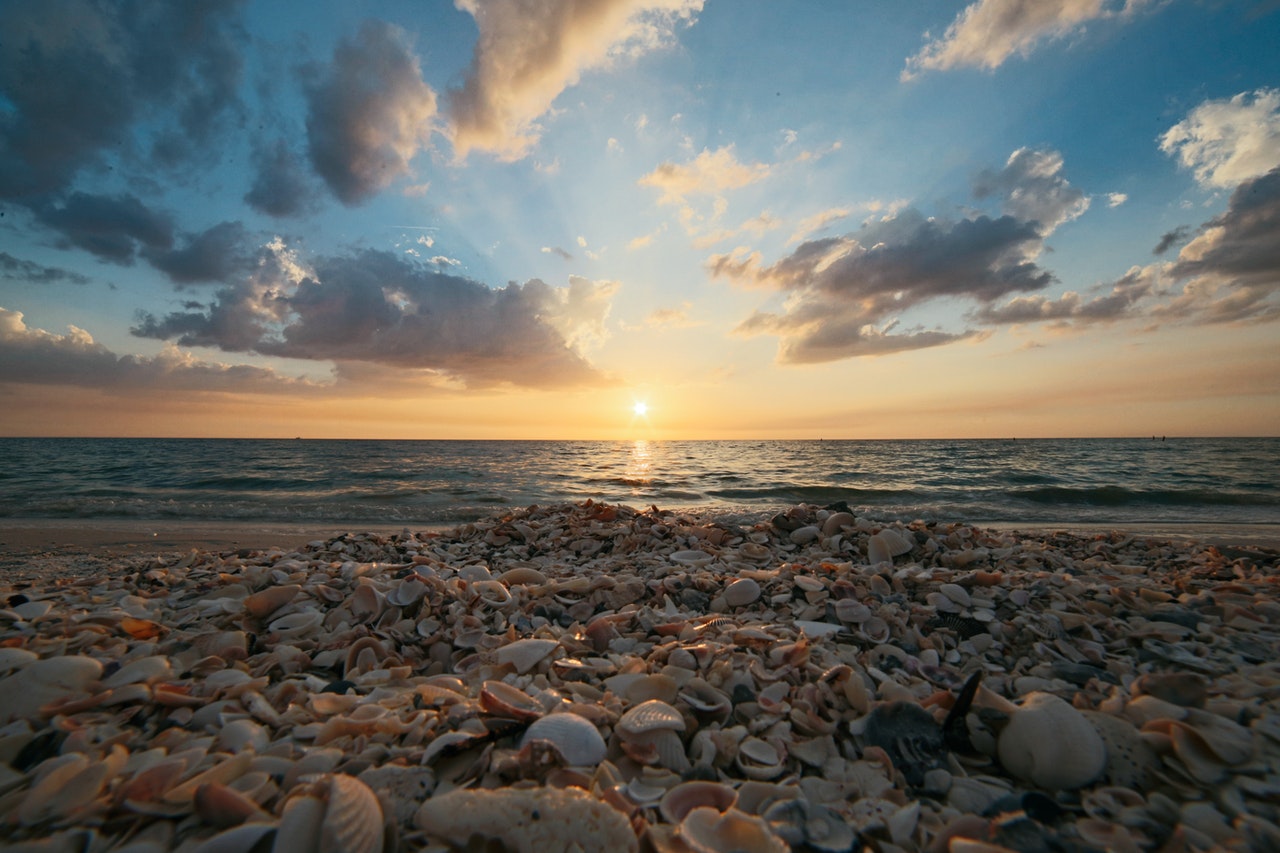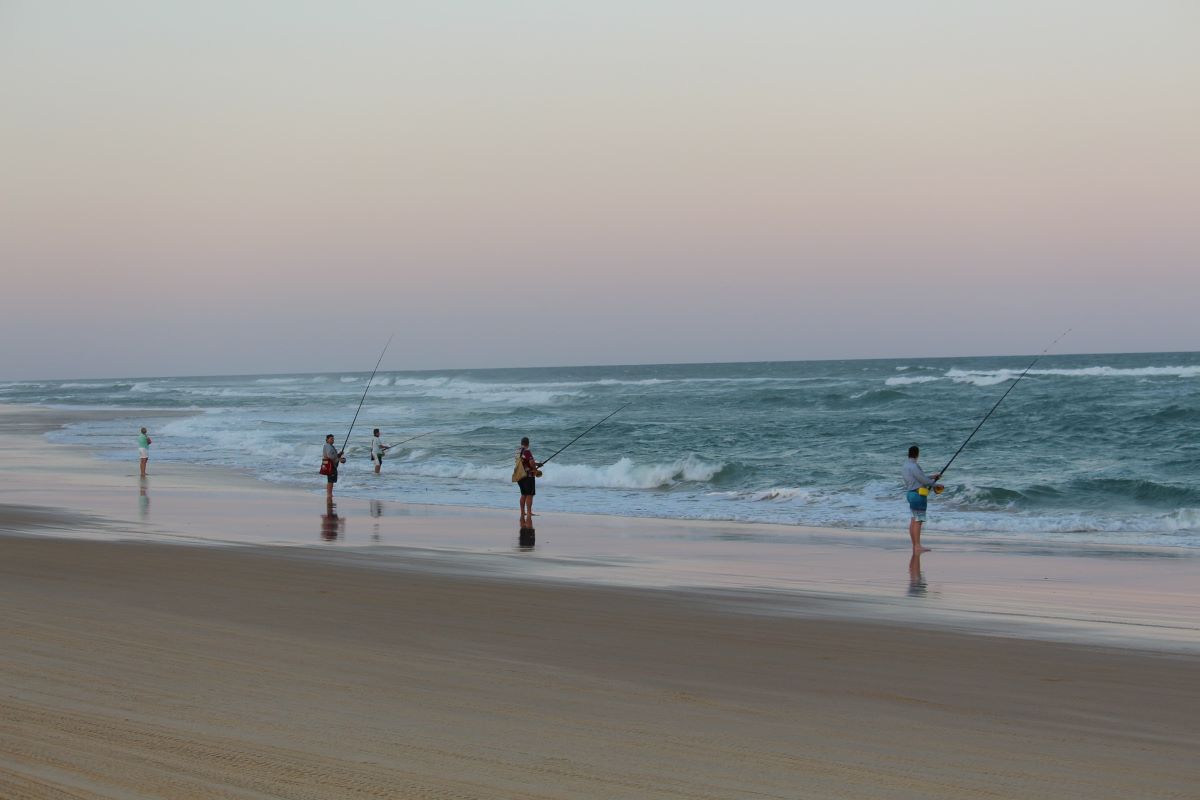If you’re planning a visit to our Sanibel Island rentals, you simply can’t leave without hunting for some seashells. There’s a reason why the beaches of Sanibel Island are considered some of the best shelling locations in the world!
Luckily, we’ve got all the tips and tricks you’ll need for finding unique shells on the shores of Sanibel Island.

Where to Go
You’ll find the best shelling in Sanibel Island along all the Gulf-side beaches, from the Lighthouse to North Captiva. Every beach has different conditions each day, so it pays off to visit lots of different locations!
Tarpon Beach is a great family-friendly spot that’s perfect for shelling. There’s tons of parking (including several handicapped spaces) that makes it easy to get onto the shore. Bowman’s Beach is another good option that tends to be less crowded. Plus, they’ve got nature trails and kayak launches! Blind Pass Beach is also popular with shellers, but be aware that there are no restrooms on the Sanibel side.
Best Time to Go
When you visit Sanibel Island beaches, you can find shells almost anytime if you look hard enough.
However, there is one time that’s preferable: low tide. Particularly at low tide springs and at full and new moons, the shells will be more exposed and easier to find.
You might also consider going shelling after a storm when the tides have been a bit rough and are more likely to bring shells up to the shore. It’s a bit cooler after a storm, but we promise the shells are worth it!

Types of Shells
You can find all kinds of different seashells on Sanibel Island, making them the ideal souvenir for yourself or for a loved one back home. There are two major types of shells: gastropods and bivalves.
Gastropods have one shell and include species such as conches and whelks. The fighting conch is one of the most common shells on Sanibel and Captiva Islands, and you can recognize it by looking out for the brilliant orange color. Also lookout for the lightning whelk, which can grow up to 16 inches long and lays its eggs in papery egg case streamers that you might also see onshore.
Bivalves, on the other hand, have a shell with two hinged parts called “valves.” One example here is the cockleshell, which is common here but rare in other areas of the world. You might even be lucky enough to find a coquina shell; look out for stripes, solids, and even plaids! Keep in mind a fishing license is required to collect these coquina shells.
Tips
First, you’ll need the right equipment. Bring a bucket or net bag and a scoop. Always wear shoes to protect your feet, and as you’re walking, shuffle your feet to scare away fish and expose hidden mollusks in the sand. You’ll want to master the “Sanibel stoop,” which is the bending-at-the-hips motion you’ll use to grab a shell from the sand.
One of the most important tips to remember is to never take any live shells, such as sand dollars, sea stars, and urchins. This rule is strictly enforced, and if you are caught taking a live shell from the beach, you could be hit with a $500 fine.
Plan Your Vacation
It is time to plan your next beach escape to Sanibel Island! We have a variety of Sanibel Island condo rentals to choose from. Find your dream rental today and book!
Shelling in Sanibel Island is a one-of-a-kind experience that you and your family are sure to love. Getting together to dig in the sand and come up with a treasure will create memories you’ll cherish forever. Ready to plan your vacation? Consider booking one of our Sanibel Island beachfront rentals! Contact us today to learn more.



